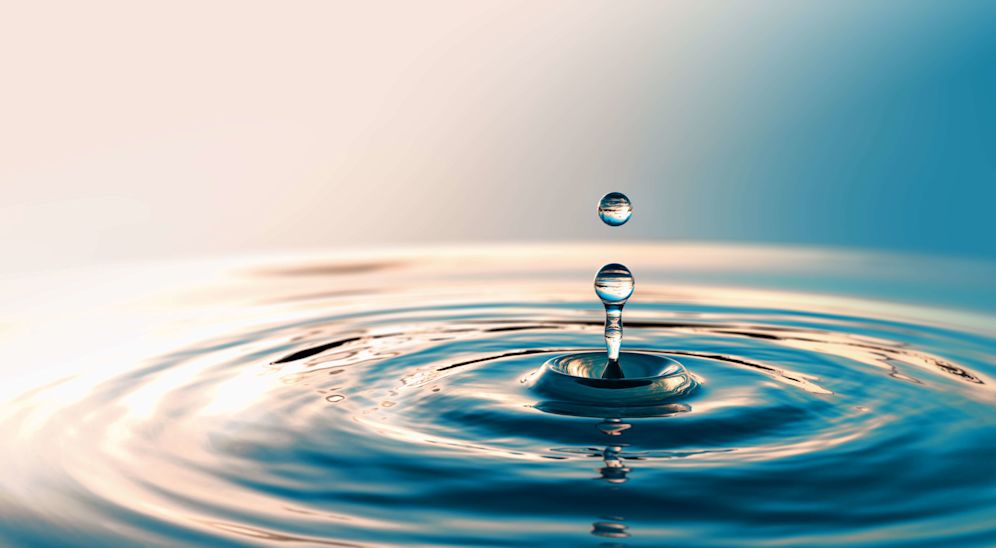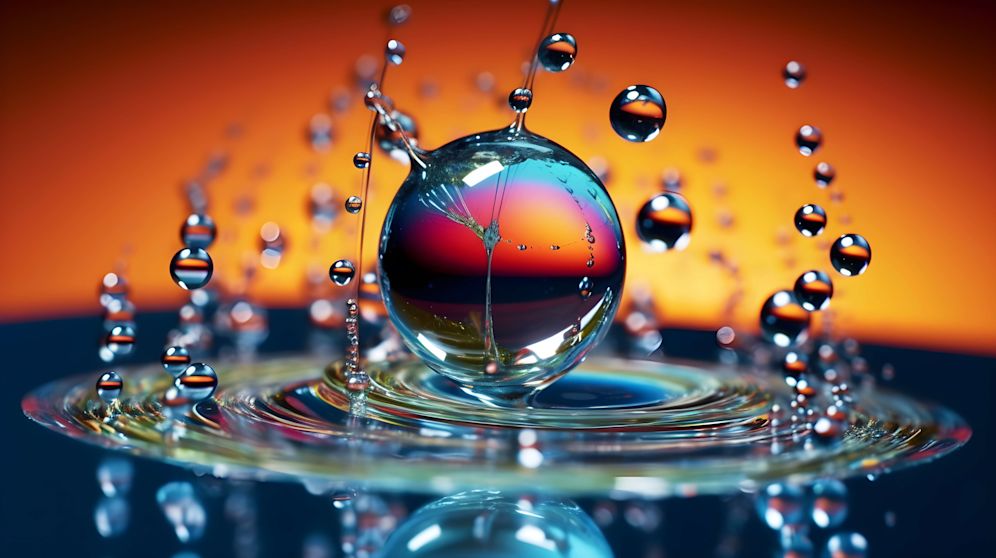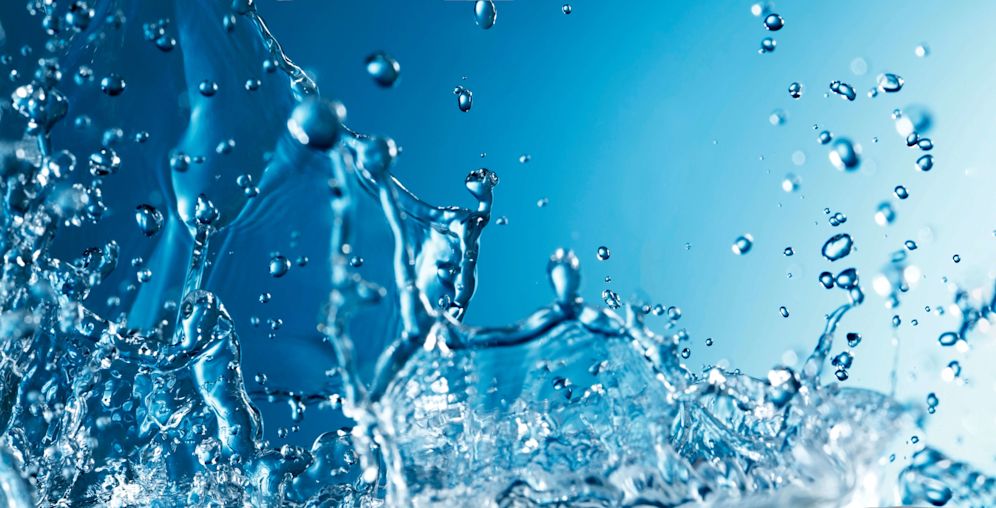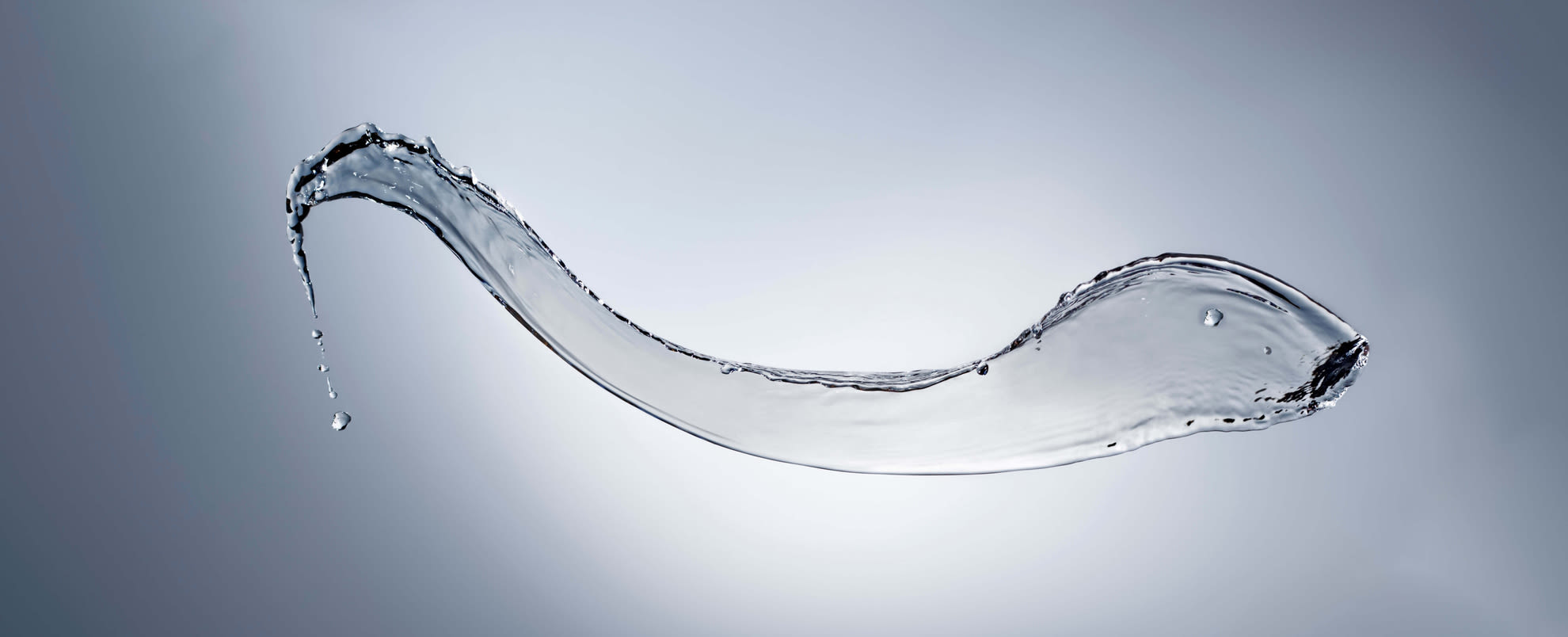Water is life’s matter and matrix, mother and medium. There is no life without water. — Albert Szent-Gyorgyi
By Nick Jeffries and Tansy Fall
Water is a vital resource that has fuelled human progress. It transports solids, dissolves minerals, chemicals and nutrients, and stores thermal energy. This ‘carrier characteristic’ allows for countless industrial, agricultural, and transport processes that enable our society to thrive.
But water is also key to life. The water in our oceans is home to phytoplankton that produce 70% of the oxygen we breathe. The lakes and rivers, and the groundwater beneath our feet, are our sources of drinking water without which we would soon perish. The food we eat relies on fresh water to grow.
In nature, water purifies and renews itself endlessly as it flows through the planet’s hydrological cycle. But nature’s capacity to renew on her own is being disrupted. In the last century, intensive industrial activities and urbanisation have significantly impacted our water supplies.
To make just one pair of jeans, for example, requires around 7,500 litres of water and produces difficult-to-clean wastewater. With the number of clothes produced annually doubling from 50 billion to 100 billion units in the last 15 years, industrial water use in the clothing industry alone has also increased dramatically.
Extrapolating this growth across the economy, and factoring in an expanding population, it is easy to understand why the UN estimates that water demand will exceed easily accessible supply by 40% in 2040.
To make things more complex, the evolving climate emergency is leading to more unpredictable rainfall and greater frequency of extreme and unusual weather events. This has manifested as floods in South East Asia, droughts in California and Australia, and wildfires in Greenland. The recent UN Water Policy Brief on Climate Change and Water is unambiguous on such effects: “The global climate change crisis is inextricably linked to water.”
Water is never waste
With more unpredictable weather events and increased demand for fresh water, the ways in which we use and reusereuseThe repeated use of a product or component for its intended purpose without significant modification. water resources have never been more important. Reimagining wastewater not as a costly problem, but as a valuable resource is a good illustration of this.
One example is the El Torno wastewater treatment plant in Cadiz, southern Spain. Like thousands of similar treatment facilities across the world, El Torno receives wastewater flows from surrounding businesses and homes, which it purifies so the water can be safely discharged into the nearby river. However, an aerial view of the El Torno site shows this plant to be different from the rest.
Extending from the North West corner of the facility is a pair of very straight emerald green channels, each about 100 metres long. In these ‘raceways’, algae are cultivated that produce oxygen to fuel the biological treatment of the wastewater, thus almost eliminating the need for an energy supply to the facility.

To avoid suffocating the water flow, dead algae are constantly harvested and pumped to an anaerobic digester where they are converted into biogas. The gas is then scrubbed of impurities leaving pure biomethane, which is pressurised and used to fuel a fleet of cars. Results from the full-scale pilot facility indicate that just one hectare of algae can treat the effluent of 5,000 people and produce enough biofuel to power 20 cars driving 30,000km a year. Although the burning of biomethane produces carbon dioxide, it releases only the same amount of CO2 that the algae absorbed while it grew. Carbon also remains in the byproducts of this process, which can be returned to the soil of local farms, meaning that the process has the possibility of being net carbon positive.
When we connect systems like this and think of them as a whole, it is possible to transform a costly carbon emitting process into both an economic opportunity and a means of addressing a number of global challenges. The implications are significant. Wastewater treatment consumes about 3–4% of US energy demand. In India, inadequate wastewater treatment, due to unreliable or expensive power, costs the Indian economy more than USD 50 billion a year. Imagine then, the positive impact that could be made if all future new wastewater treatment facilities in Africa, for example, were designed as power plants.
This is not a pipe dream. Such an idea is rapidly becoming a reality in many cities around the world, not just at El Torno, but also the Ebjy-Molle plant in Aarhus, Denmark, the Strass plant in Innsbruck, Austria, and the Gresham City plant in Colorado, US, which all operate as energy positive. This thinking is a hallmark of the circular economycircular economyA systems solution framework that tackles global challenges like climate change, biodiversity loss, waste, and pollution. It is based on three principles, driven by design: eliminate waste and pollution, circulate products and materials (at their highest value), and regenerate nature. — a system re-design inspired by nature, that aims to decouple economic growth from the consumption of finite resources.
Not all water is equal — reusing water
While treatment of wastewater will always be necessary, we can also prevent a lot of water from becoming ‘waste’ in the first place. Depending on the use, different water quality standards are acceptable. For example, a typical microchip facility requires nine custom varieties of water. This includes water for toilet flushing, water fountains, air-con units, and mixing of chemicals, as well as the most expensive ultra-pure water for cleaning semiconductors. An IBM microchip factory in Vermont demonstrated that recycling water can generate a whole swathe of additional benefits besides just lowering freshwater consumption. Between 2000 and 2009, IBM engineers started using IoT technology to manage water more effectively in their Burlington factory. As a result USD 740,000 per year was saved on water use, which generated almost USD 3 million in savings on chemicals and energy. In other words, for every one dollar they saved on water, four dollars were saved in other resources.
Products and systems can also be developed that enable reuse and recycling of water in the home. Boston-based business Aquafresco has a patent-pending filtration system that allows 95% of laundry water to be recycled, and also 90% of detergent to be collected for reuse. Similarly, Dutch company Hydraloop has developed an easy to install system that collects shower and washing water, economically converting it to a quality suitable for washing, toilets, garden use, and swimming pools. Hydraloop can save a typical household 30,000 litres of water per year.

Cities have a unique opportunity to make the most of such innovations. Las Vegas, Singapore, Windhoek, and Berlin all recyclerecycleTransform a product or component into its basic materials or substances and reprocessing them into new materials. their water in different ways, allowing the cities to improve water security and greatly reduce costs. The Solaire apartment block in New York recycles 165,000 litres of water per day, allowing for secondary use in toilets, air-con systems, and roof-top irrigation. The reuse system reduces water demand by 50% and discharge volumes to local sewers by 60%, as well as reducing building energy consumption.
Redesigning systems to save water
In addition to making the most of the water we use every day, changing the way products are designed and made has significant water conserving potential. Take the pair of jeans which requires 7,500 litres for production. In the Netherlands, a company called MUD offers jeans on a subscription model, as well as using over 40% recycled content for each new pair. Together, this saves 5,500 litres of water for each pair of jeans.
Circular strategies that conserve water resources apply across many different sectors. Renault’s Choisy-le-Roi plant collects old gear boxes, turbo injectors, and other engine parts, cleaning and remanufacturing them to a good-as-new condition. By doing so the plant uses 88% less water than manufacturing from scratch, as well as 80% less energy and 90% fewer chemicals, and produces 70% less waste. The Choisy plant turns over EUR 100 million in revenue and customers save 30–50% on a good-as-new part. Getting more from less is an enduring feature of a circular economy.
In New York, the Catskill catchment basement programme has provided wide-reaching benefits thanks to its holistic response to a federal government regulation change mandating the filtering of surface water supplies in the city. Rather than opting to invest in a new water treatment plant — which would have cost the city USD 6 billion plus annual running costs of USD 250 million — a study into alternative solutions was undertaken. It concluded that watershed protection projects, costing a mere USD 1.5 billion in comparison, would result in the same level of water filtration. Furthermore, this approach resulted in the ecological improvement of thousands of acres of upstate land boosting the rural economy, creating local employment, increasing investment in rural businesses, and expanding eco-tourism.
Regenerative action
Regenerating the environment by redesigning systems is a critical element of the circular economy. It advocates that economic activities should go beyond doing less harm, and strive for a regenerative or net-positive impact on nature. Natural systems provide us with food, oxygen and clean water, regulate our climate, absorb floods, provide recreation and much much more. The WWF Living Planet Index estimates these ‘ecosystem services’ provide humans with more than USD 120 trillion of benefits each year. Our current extractive and polluting economic model drastically diminishes the ability of ecosystems to provide these services.
No sector of the economy illustrates the potential for circular economy to regenerate natural systems more than agriculture. And, as farming consumes 70% of the planet’s freshwater, no part of the circular economy offers more to the conservation of water resources than regenerative agriculture.
Regenerative agriculture describes a broad set of food production methods with two complementary outcomes: the production of high quality food and the improvement of the natural environment. It recognises that farms are part of a larger ecosystem, which farming activities must not just extract from, but also support. Farming in this way shifts from monoculture practices that are heavily reliant on chemical inputs, towards a more holistic way of thinking that cherishes diversity, encourages virtuous cycles of renewal, and focuses on the health of the system as a whole.
The specifics vary, or as soil expert David Montgomery puts it: “what works for temperate grasslands may not work so well in tropical forests.” However there are common regenerative practices that can be applied across all soil farming. These include the use of cover crops, wider crop diversity, minimising soil disturbance and, most importantly, the building up of soil organic matter. For every 1% increase in organic matter in the top 20cm of topsoil, 90 tonnes of carbon can be sequestered and an additional 144,000 litres of water stored. This shows that regenerative agriculture is both a powerful tool for climate mitigation and adaptation, while at the same time meeting demand for food.

On a 50,000 acre farm in Sao Paulo province, Brazil, Leontino Balbo Jnr has gradually converted his sugar cane plantation to what he refers to as ‘ecosystem revitalising agriculture’ that focuses primarily on soil health. Balbo’s regenerative journey has not been straightforward, requiring numerous experiments and course corrections, as well as the need to manufacture his own bespoke ‘green harvesting’ equipment. The home-made machines operate on low pressure tyres to avoid over-compaction of soil, cutting the cane while at the same time, shredding and returning leaves and other plant residue to the soil. Twenty years on, the farm has increased biodiversity to half that of a national park, increased yield by 20%, and all but eliminated mechanical irrigation.
In Northern Dakota, farmer Gabe Brown has integrated livestock grazing with many different species of saleable crops. Pigs and chickens help to cycle nutrients so that the ranch can thrive without any synthetic inputs, allowing organic soil content to increase from 1% to 14%. This feeds microbes and improves soil structure so his fields now store over three times more water than before, providing insurance against years of drought or lower rainfall. The 5000-acre farm, which was heavily degraded 20 years ago, is now profitable without the need for government subsidies.
The many other types of regenerative agriculture — including agroforestry, conservation agriculture, agro-ecology, silvopasture and 3D ocean farming — all illustrate that agriculture does not have to be a zero-sum game. It is possible to produce food for everyone, conserve water, make a decent profit, protect farmers and local communities from harm, and enhance the environment — all at the same time.
The need for and importance of water across all sectors of the economy as well as all living organisms and natural systems shows that water is a resource of incomparable value for Planet Earth. As water has allowed humans to thrive in the past, so it can continue to in the future, provided we commit to respecting and valuing it in the appropriate way. Applying circular economy thinking to the way we manage our precious water resources can be one powerful way of fulfilling this commitment.






